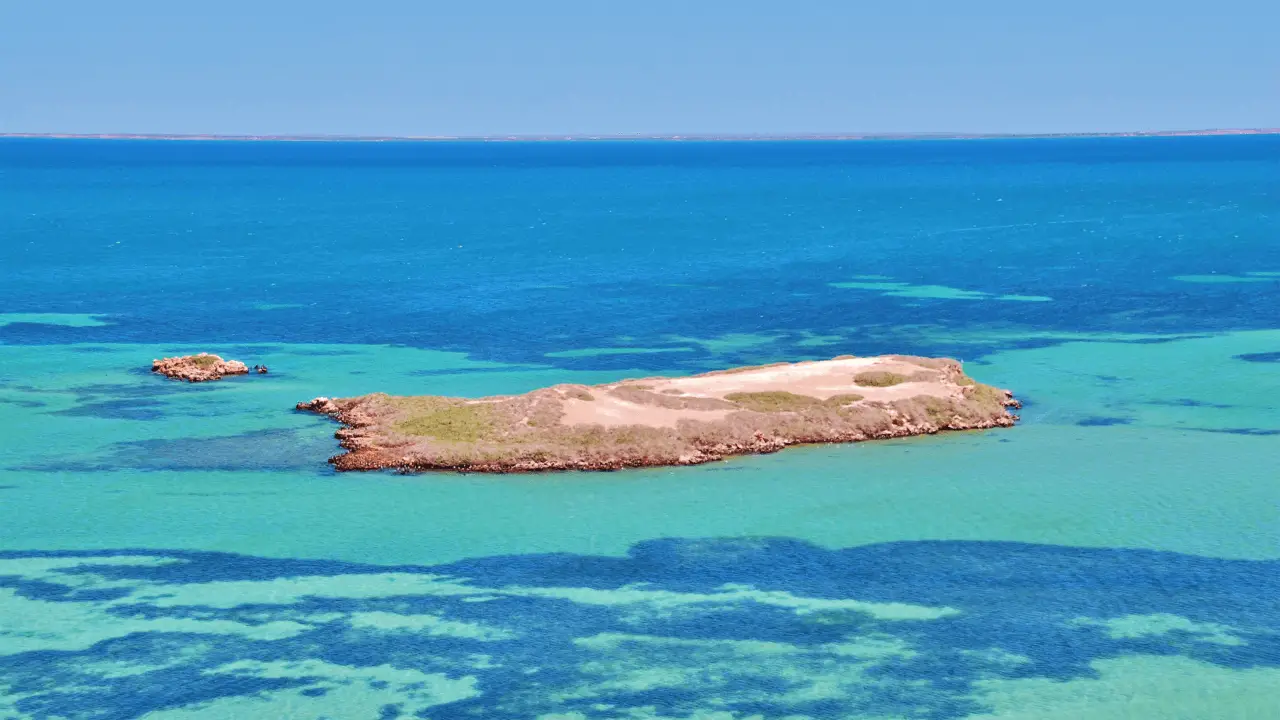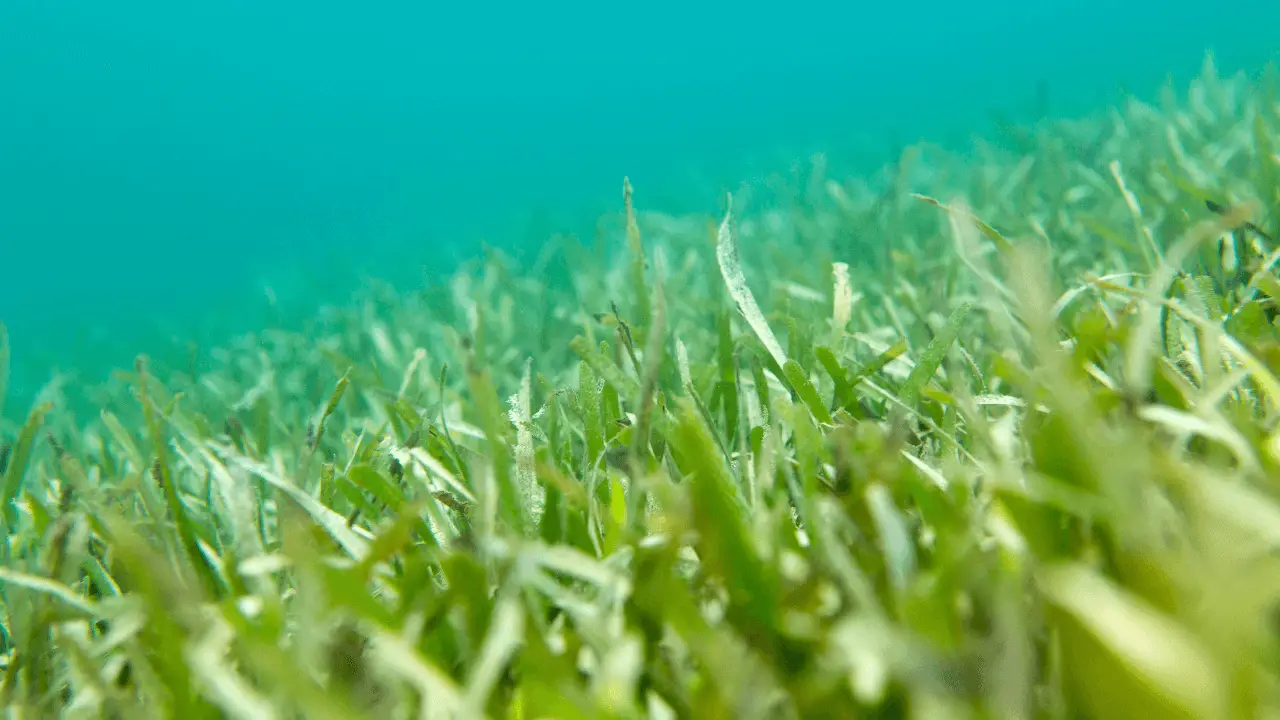The biggest known plant on the Earth is a single spreading of Ribbon Weed Seagrass. It has an extremely huge size covering a region of 77 square miles (200 square kilometers). It was recently discovered by the researchers from The University of Western Australia and Flinders University.
It was accidentally discovered off the coast of Western Australia, when researchers were trying to find out a suitable plant for seagrass restoration.
It is believed that this plant has spread from a single seedling in the time of at least 4,500 years. Researchers say that this single seagrass covers a region of around 77 square miles (200 square kilometers), which is roughly three times the size of Manhattan.

The researchers’ team found it accidentally at Shark Bay, a location about 497 miles (800 km) north of Perth, when they set off to understand the genetic diversity of the seagrass species (ribbon weed). This seagrass is commonly found along the Australian coasts. They collected sample shoots from across the Shark Bay. To create an identifying mark from each sample, they studied 18,000 genetic markers. Their purpose was to find out how many plants combined and made up the meadow.
The lead author of the research, Jane Edgeloe said:
The answer blew us away – there was just one! That’s it, just one plant has expanded over 180km in Shark Bay, making it the largest known plant on Earth.
The growth rate of the species is up to 35 cm (13.7 inch) per year, just like lawn grass. From this rate, researchers estimated that it has taken about 4,500 years to spread to its current size.
The plant is also extraordinary for its toughness, because the locations across the bay where it has grown have extremely variable conditions. One of the researchers, Dr Elizabeth Sinclair said:
It appears to be really resilient, experiencing a wide range of temperatures and salinities plus extreme high light conditions, which together would typically be highly stressful for most plants.
Sinclair said the plant is also special because it is a polyploid, which means the seed from which it has grown contains 100% of the genome from each parent, rather than having a usual 50% from each one.
Researchers are now trying to understand how this plant species survives and flourish under such variable conditions. For this purpose, they are doing experiments on Shark Bay.

